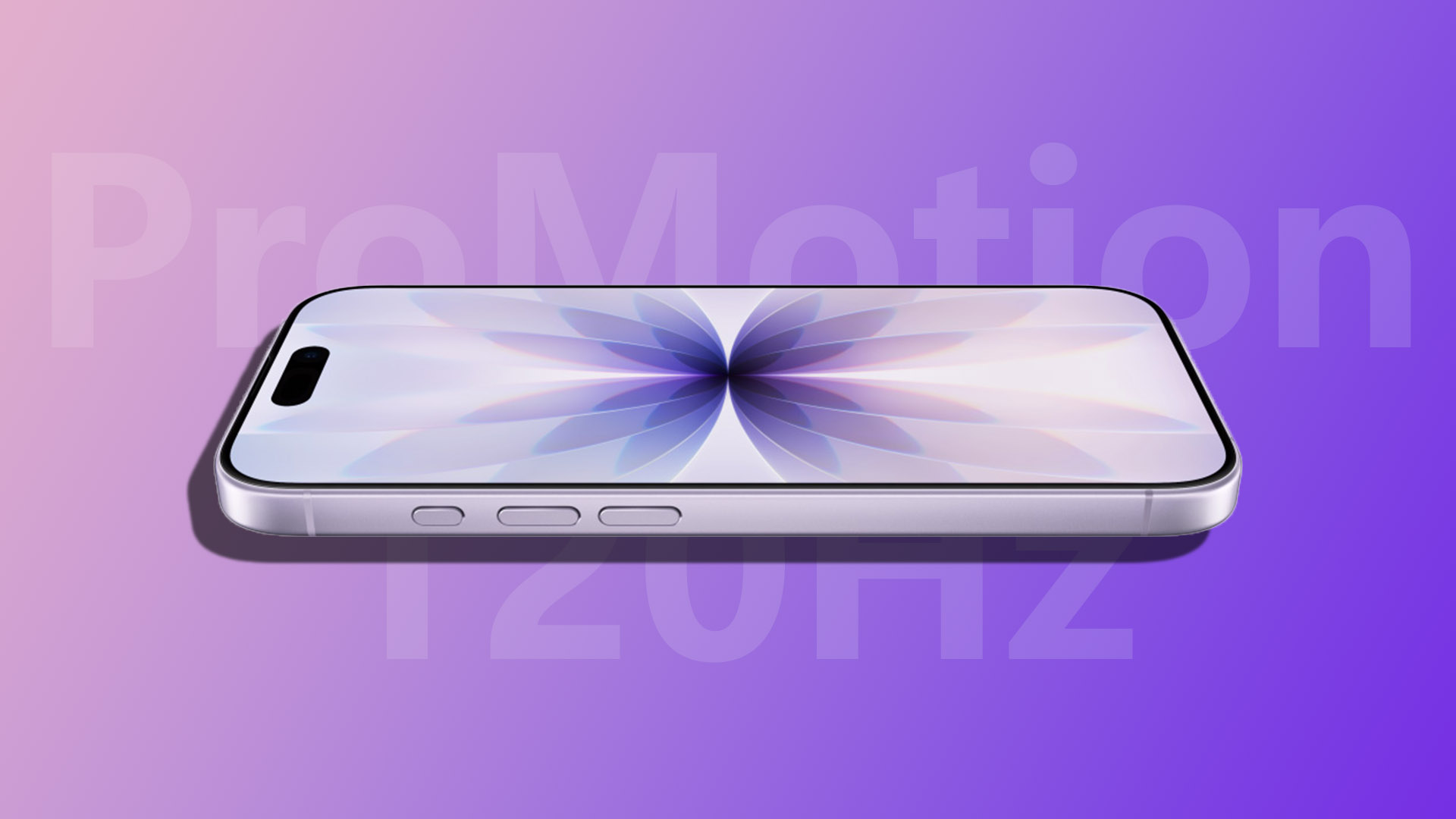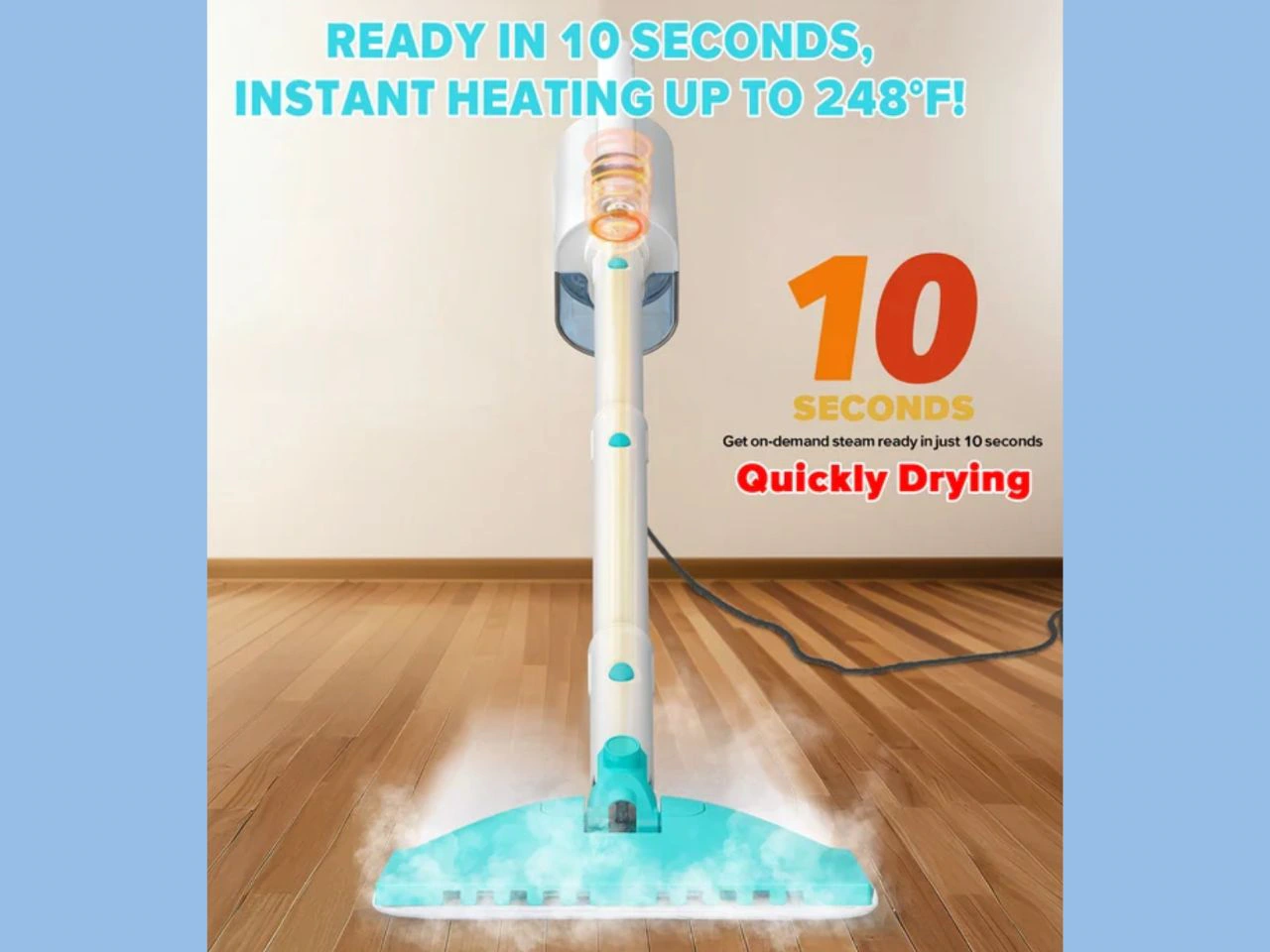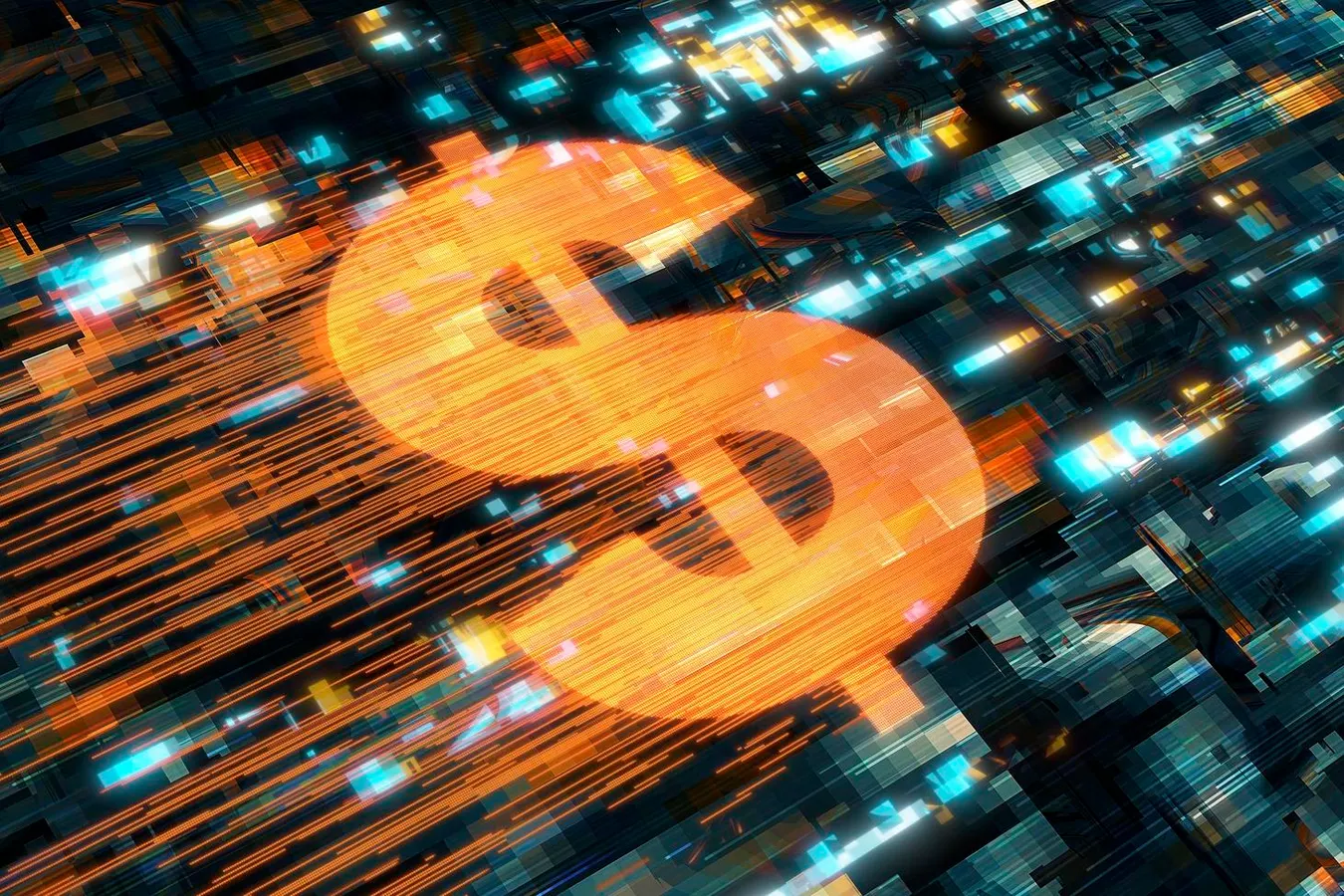The Base iPhone 17’s ProMotion Display Upgrade Is Actually A Much Bigger Deal Than You Realize – Here Is Why This Matters?

Apple neglected its non-Pro iPhones for years by failing to bring its variable refresh rate ProMotion display technology, forcing customers to upgrade to the more premium devices by spending some extra money. Now, with the iPhone 17 launch, the company has introduced a drastic hardware shift, meaning that you can save your cash and enjoy that 120Hz buttery smooth screen. However, since this technology has existed in smartphones for years, some readers might downplay the significance of this addition on the base model, but we are here to explain that ProMotion on the iPhone 17 is a much bigger deal than you can imagine.
ProMotion on the iPhone 17 beats any older 60Hz OLED panel in power consumption when comparing a variety of use cases
Putting aside the marketing jargon, for the first time, the iPhone 17 is equipped with an LTPO (Low-Temperature Polycrystalline Oxide) OLED panel, shifting away from LTPS (Low-Temperature Polycrystalline Silicon) that Apple has used for multiple generations. The biggest advantage of the advanced OLED is that the 120Hz refresh rate on the iPhone 17 is not static, nor does it have a strict range of 60Hz to 120Hz. Instead, it can go down to as low as 1Hz to save battery life, but how this technology behaves is downright impressive.
If you are viewing a static image, such as a picture, or if you are on the iPhone 17’s home screen, that refresh rate will go down to 1Hz. Furthermore, even if you have a browser or a social media app open, the LTPO OLED will store the image displayed on the screen, reducing the refresh rate to 1Hz and conserving battery. However, what if you are viewing content on YouTube?
On this occasion, the refresh rate can range between 24Hz and 60Hz, since video clips are often recorded between 24FPS to 60FPS, which is still less taxing than a static 120Hz or even a 60Hz value. The only time the iPhone 17’s LTPO OLED is boosting to that 120Hz figure is when you perform any scrolling action, and as soon as the animation stops, the refresh rate drops to 1Hz once more.
This upgrade alone allows the iPhone 17 to last longer than bigger and more premium models
On the technical specifications page, Apple has provided a comprehensive breakdown of how long the iPhone 17 can last on battery during video playback. With its 30-hour endurance, the device lasts longer than the iPhone 16 Plus, iPhone 16 Pro, and iPhone 15 Pro Max. Now, suppose the technology giant’s newest model were to ship with a display that does not support a variable refresh rate? In that case, the video playback runtime would be significantly lower, and considering that Apple does not have a habit of incorporating bigger batteries in iPhones with smaller panel sizes, users would miss out on that battery boost.
Despite LTPO OLED’s advantages, it is costly to produce, but the iPhone 17 bucks the trend as it costs the same as last year’s iPhone 16
At $799 for the base storage, which, by the way, now comes with 256GB of storage instead of 128GB, Apple has not budged an inch for the iPhone 17’s starting price, as the device costs the same as an unlocked base iPhone 16 did in the U.S. last year. This is a remarkable achievement, especially considering that LTPO OLEDs are costly to manufacture and that Apple had to bear the financial brunt of the Trump tariffs. While the following are just estimations, you get an idea of how expensive it is for companies to incorporate variable refresh rate panels on their devices.
For instance, an LTPS OLED’s cost will range from $60 to $80, whereas an LTPO OLED will go up to $100 to $120. The difference might be negligible to the average person, but when Apple factors in the millions of units that have been installed on the iPhone 17, it reaches a hefty bill, not to mention all the other parts that shoot up the price of the final package. Even gaming laptops, which cost thousands of dollars, do not have variable refresh rate displays, and while these machines can offer 240Hz panels, the only other model they have to save a little battery is switching to 60Hz.
After reading about all the reasons why a ProMotion upgrade on the iPhone 17 is a massive deal, we would like you to participate in our poll and tell us your take, or just talk about it in the comments below.



